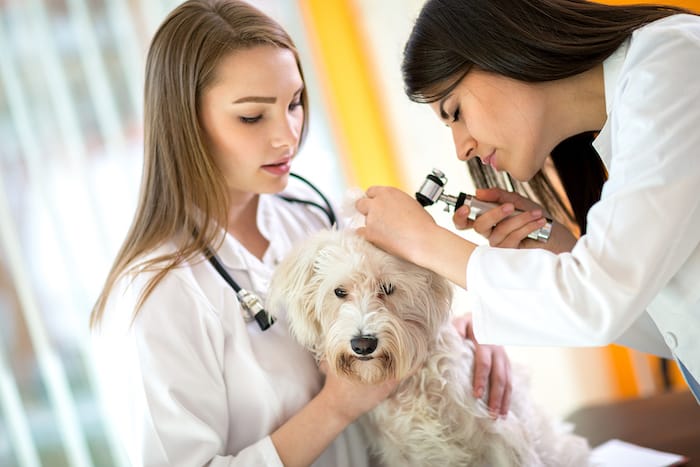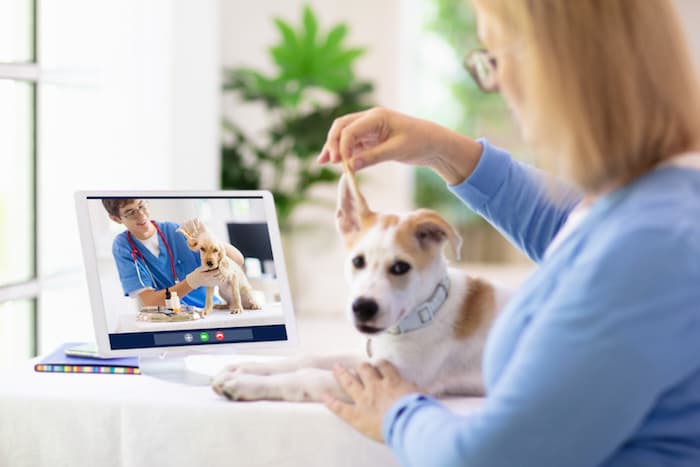The right laboratory information system (LIS) is essential for veterinary labs to work more efficiently and provide accurate diagnoses for our cats and dogs. As veterinary medicine uses more advanced technology, having a system that manages data well is crucial for supporting detailed tests and ensuring high-quality care. A good LIS makes lab workflows smoother, improves the reliability of data, and helps vets make informed decisions about treatments. In veterinary care, where time is of utmost importance, especially in emergencies, reliable lab software is necessary.
This guide will cover essential factors for veterinarians to consider when selecting an LIS, such as understanding a lab’s specific needs, evaluating how well the software works with your current systems, looking at costs over time, and choosing the right provider. The proper LIS can simplify tasks, improve data management, and enhance the overall care that animals receive.

Understanding Your Lab’s Requirements
Choosing the right software solution for your veterinary lab involves a detailed understanding of your needs. Here’s how to approach this decision:
- Assessing Your Lab’s Workflow: Start by closely examining your lab’s current workflow. Identify key activities that a LIS could make more efficient or improve. These might include tracking samples, entering and sharing results, creating reports, and communicating with clients. These areas often see significant benefits from automation.
- Data Management and System Integration: A good LIS should handle your data well and fit smoothly into your existing setup. It means the software should work well with any practice management software you’re using, allowing data to move freely and usefully between systems. The ability to communicate with other software your clinic uses is key.
- Meeting Regulations and Keeping Data Safe: Veterinary labs must follow specific regulations, so choosing a LIS that helps you meet these standards is important. Also, because you’re dealing with sensitive patient information, the system must have strong security features to keep this data safe.
Focusing on these areas can help you make a well-informed choice that supports your lab’s work, helps you comply with regulations, and keeps your patient’s data secure.

Features to Consider
When selecting veterinary lab software, it’s crucial to prioritize features tailored explicitly to veterinary needs. These features should ideally include compatibility with veterinary diagnostic equipment, support for tests and panels unique to veterinary medicine, and capabilities to manage data specific to different species.
Other factors to consider are customization and scalability. The system should be flexible enough to tailor to the specific operations of a veterinary lab, ensuring that all unique requirements are met. Equally important is the system’s ability to grow with your lab. As your operations expand or change, the LIS must adapt accordingly, guaranteeing long-term relevance and support.
The system should also be user-friendly, with an intuitive interface that lets staff of varying technical skills navigate and use the system efficiently. A user-friendly LIS minimizes the learning curve, significantly reducing the time and resources spent on training your staff.
Lastly, the quality of support and maintenance provided by the software provider is critical. Dependable customer service ensures that any issues encountered can be resolved swiftly, preventing disruptions in lab operations. This ultimately affects the turnaround time, how fast you can communicate results to patients awaiting lab results for their furry family member.
Additionally, the system should receive regular updates to enhance its functionality and security, keeping the software updated with the latest technological advancements and regulatory requirements.
Prioritizing these aspects in your selection process will contribute to a smoother, more efficient laboratory operation, benefiting the staff and patients.
Understanding Total Cost of Ownership
When selecting software, don’t just look at the initial purchase price. It’s essential to understand the total cost of ownership. This means accounting for the expenses associated with onboarding and installation, training staff and vet technicians, maintaining the system over time, and purchasing any additional modules or upgrades that may become necessary over time.
Understanding these costs upfront can prevent budget overruns and help you make a well-informed decision that aligns with your laboratory’s needs and budget constraints. When evaluating software providers, fully understand the costs your clinic can expect.
Researching Software Vendors
Start by thoroughly researching potential vendors. Focus on their track record in the veterinary sector, read customer reviews, and evaluate the sustainability and future-readiness of their software solutions.
It’s important to compare the offerings of several vendors. This comparison helps you understand the range of features available and determine which vendor delivers the best value, considering its system’s robustness, scalability, and alignment with your specific needs. Use sites like Capterra or G2 to perform this research and find a dependable vendor trusted by other veterinary clinics.

Requesting Demonstrations and Trials
Once you’ve narrowed your options, don’t hesitate to request demonstrations from the selected vendors. If they offer trial periods, use these to see how the LIS performs in your lab’s setting, keeping the aforementioned considerations in mind. For example, NovoPath, a vendor of veterinary lab software, offers its clinics a free demo to show different aspects of the software and cover all questions a veterinarian, lab technician or IT director may have.
Using the software in a real-world scenario will give you a direct look at how well it integrates with your existing processes, ease of use, and efficiency in handling daily tasks.
These trials are crucial. They help verify that the system meets your expectations in terms of functionality and enhances your lab’s operational flow, making it a practical choice for long-term investment.
Final Thoughts On Veterinary Software
By examining these factors comprehensively, veterinary labs can select lab software that addresses their immediate operational needs and can adapt to future challenges and expansions.
As the field of veterinary medicine progresses, the importance of technology in streamlining lab operations and improving the quality of animal care is becoming more central. Therefore, making a well-informed LIS selection is crucial, with significant implications for the lab’s long-term success. Not only will the right software improve the operations and efficiency of your clinic, it’s also an essential tool to diagnosing and treating patient conditions as quickly as possible. Help keep your patient’s pets as healthy as possible by leaning into this type of tech.
